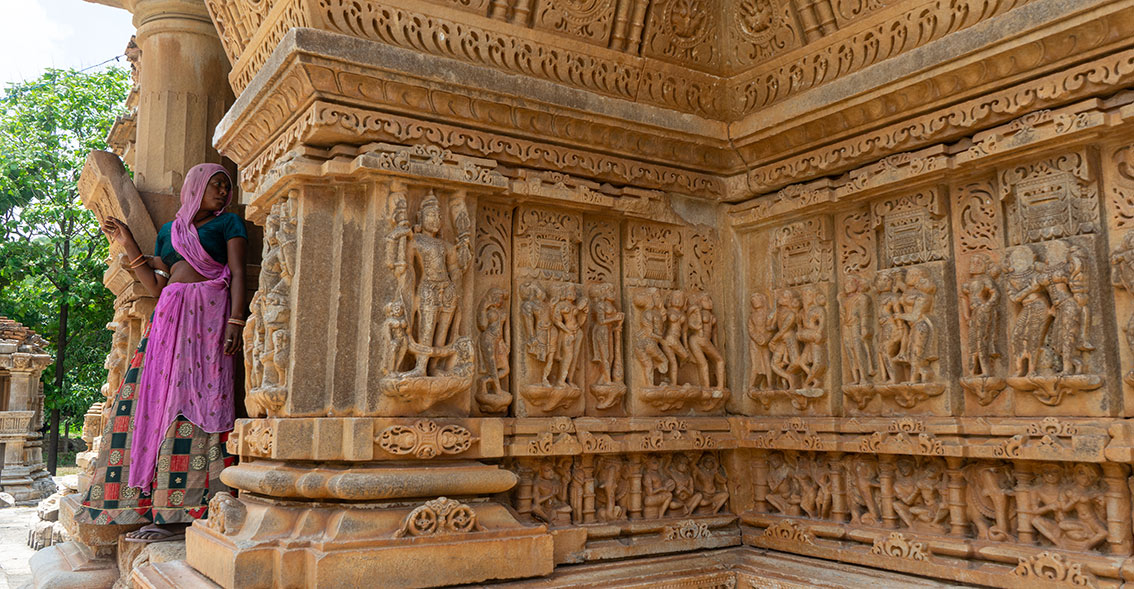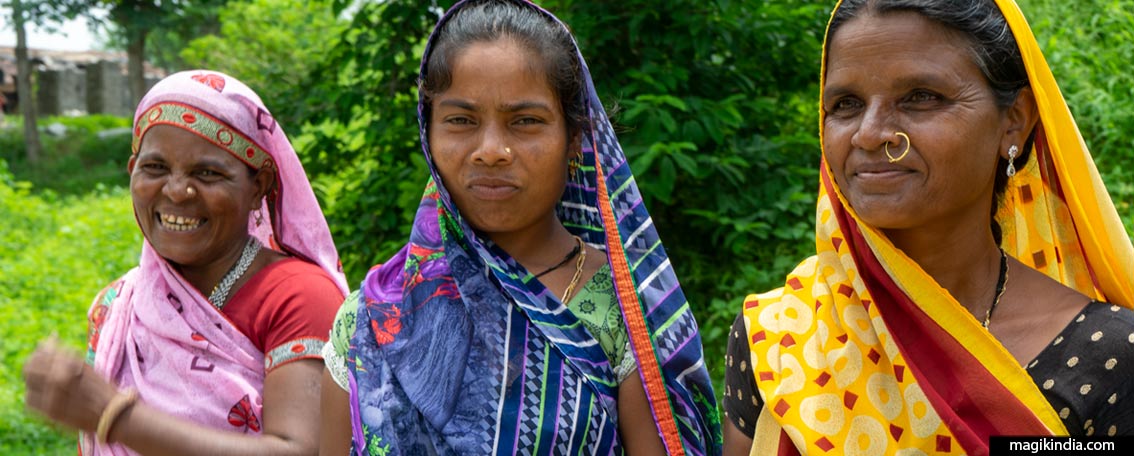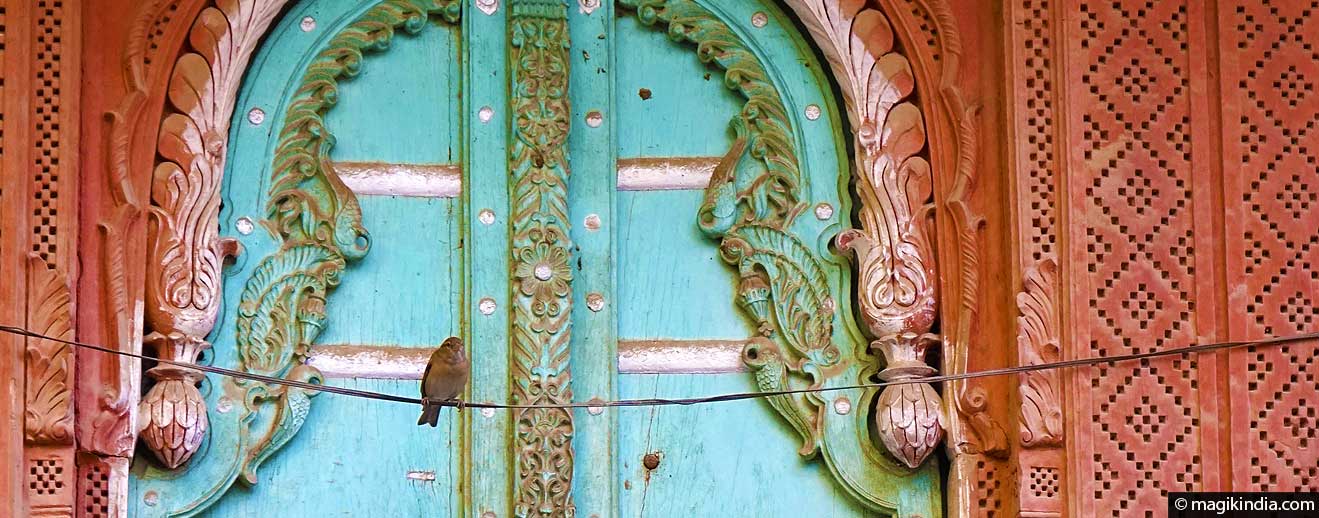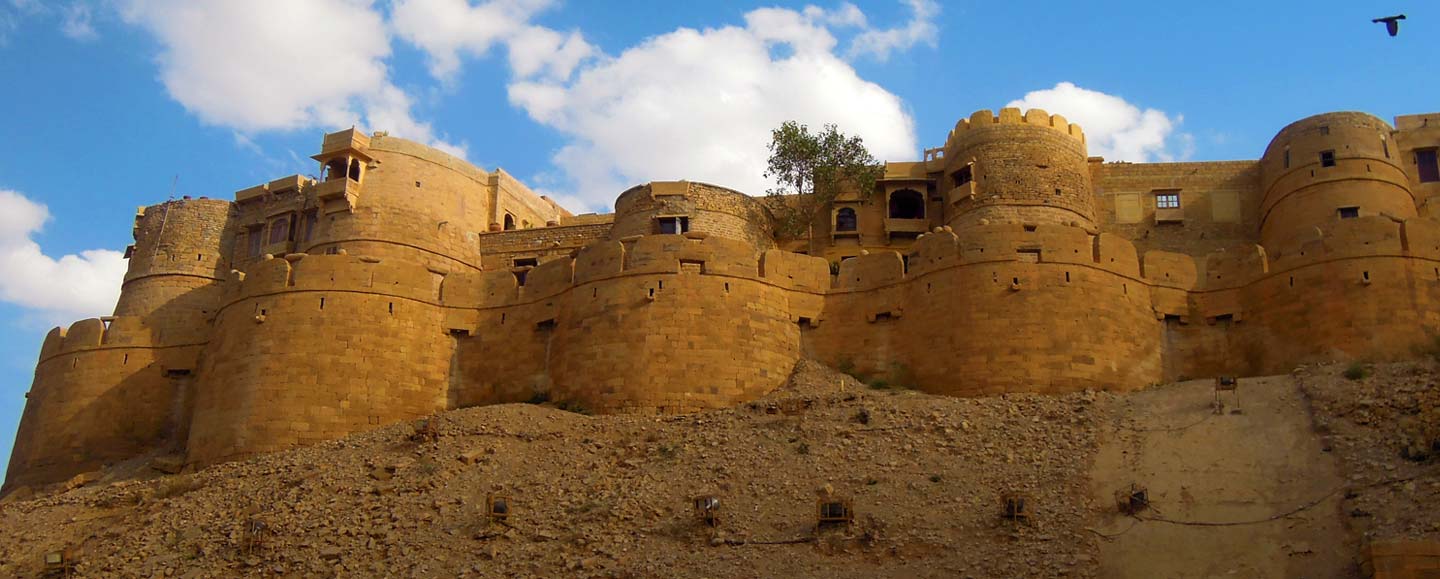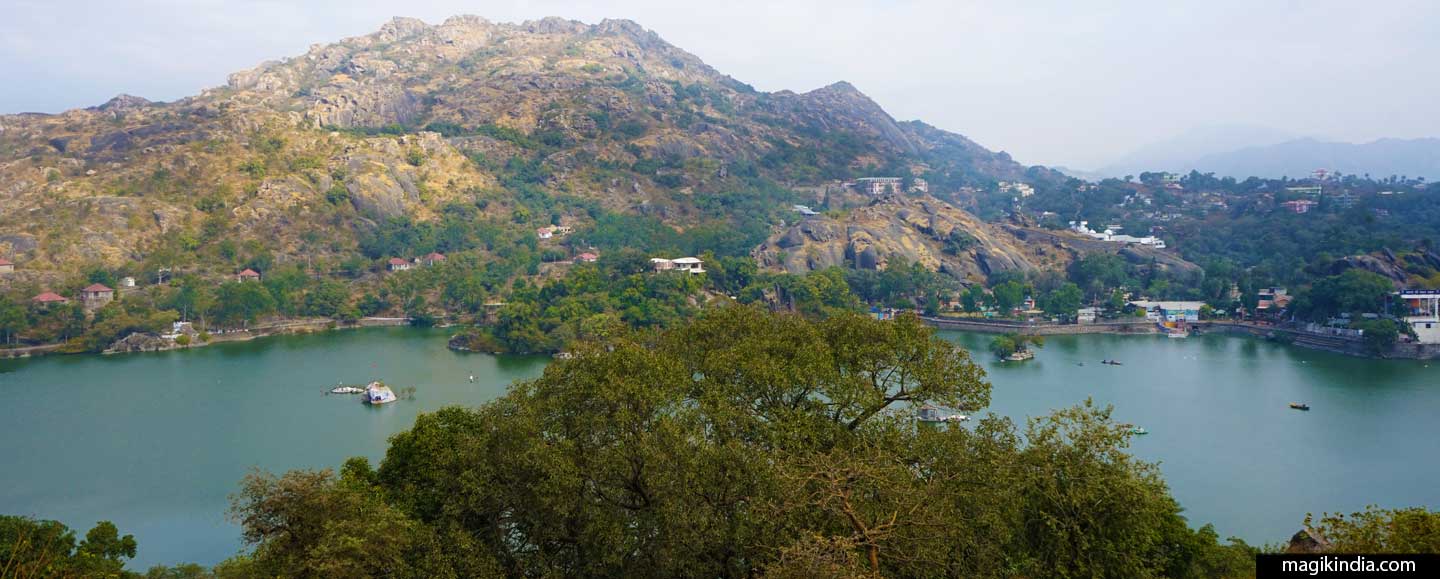
Mount Abu, the only hill station of Rajasthan
Mount Abu is a the only hill station in Rajasthan tucked away in the Aravalli hills, near the border with Gujarat. It is a green oasis in the dusty desert landscape, with rivers, lakes, waterfalls, conifer forests and abundant wildlife. Not only is it blessed with lush landscapes, it also boasts numerous fascinating temples with age-old legends.
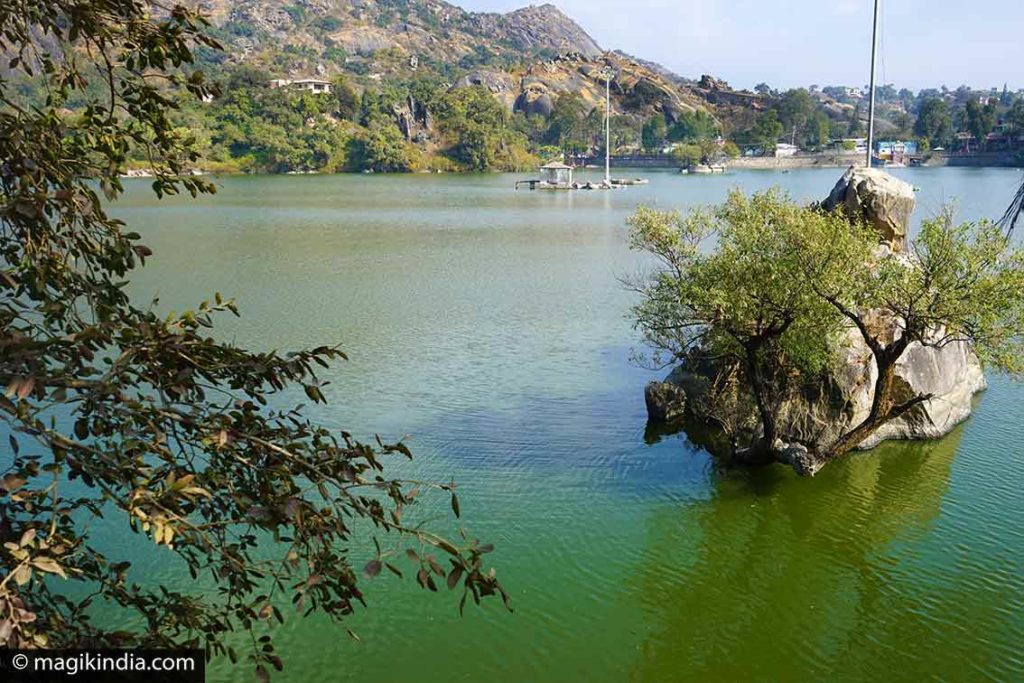
In earlier times the mountain was a refuge for the region’s warriors.Its first kings were the Dhumrajas who founded the Parmar dynasty in 916 CE. They then became vassals of the powerful Solankis of Gujarat, who built the famous Dilwara Jain temples (see below).
Parmar rule ended with the conquest of Mount Abu by Rao Lumba of the Deora-Chauhan dynasty in 1311. Long afterwards, Mount Abu was “rediscovered” by the British, and after World War II it became a popular tourist resort.
The Legend of Mount Abu
It is said that the sage Vashistha had a cow called Nandini, which fell one day into a deep gorge. Vashistha called in Lord Shiva to help him save his cow. Shiva sent the sacred river Saraswati, which flooded the gorge and floated the cow to the surface.
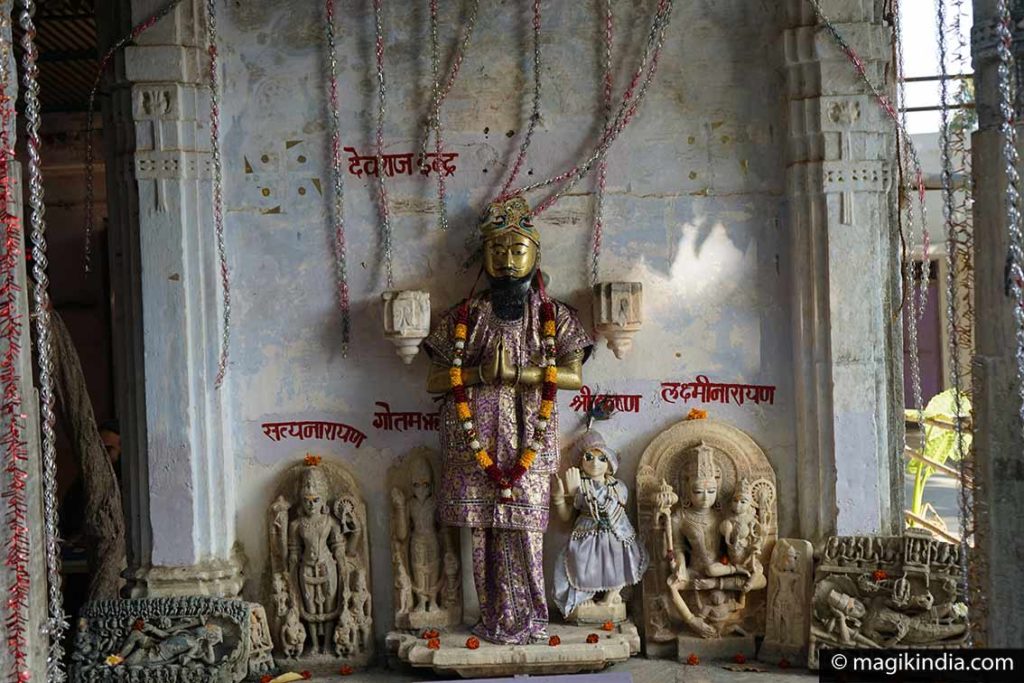
Vashistha decided to make sure this kind of thing would not happen again.He asked the mountain Nandi Vardhan, youngest son of the god Himalaya, to settle here and fill the gorge once and for all.
Nandi Vardhan accepted, and arrived on the back of the powerful flying snake Arbud Naag, who asked the mountain to take his name in recognition of his services. So the place was called Mount Arbud, which changed over time into its current name, Mount Abu.
It is also said that this is where the Agnikula, the four Rajput clans descended from the fire god (the Chauhans, Parhars, Parmars and Solankis), were born from a yagna (fire ritual) performed by the great sage Rishi Vashistha.
Summer festival
The Summer festival is held every year during the month of May on Budh Poornima.The festival begins with a ceremonial procession, which starts from the RTDC Hotel Shikhar and gather at the Nakki Lake Chowk followed by folk performances of Rajasthan and Gujarat states.
On the second and third day various competitions take place the whole day. Skating Race, skater’s Show, Boat Race, Horse Race, Tug of War, Panihari Matka Race and Deepdan add to the excitements of the celebration.
And now, let’s visit Mount Abu!
Nakki Lake
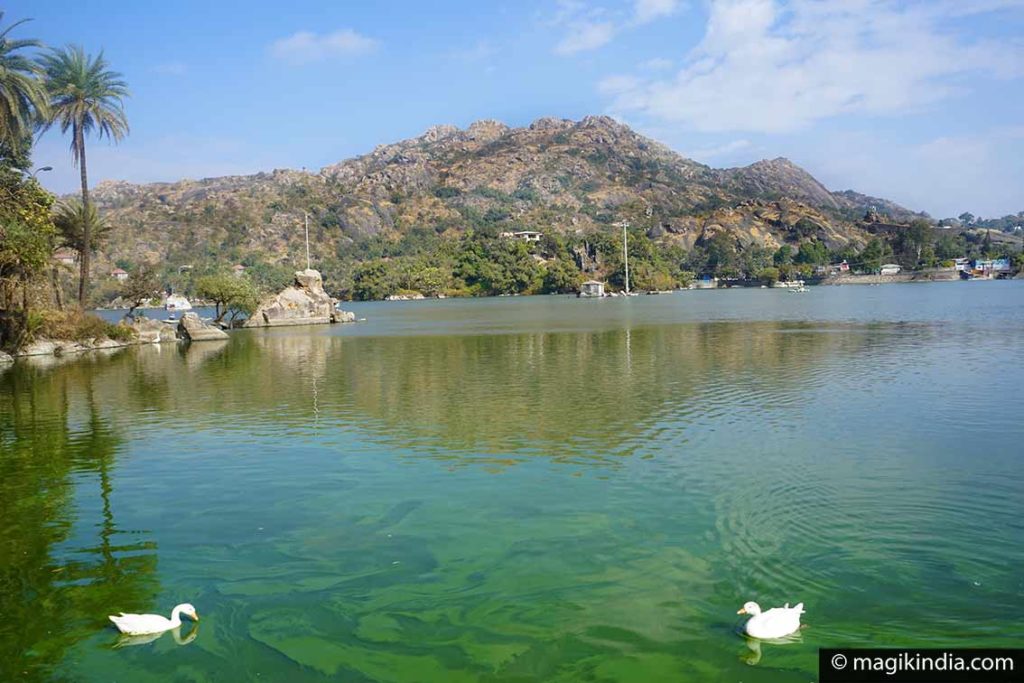
1200m above sea level, surrounded by rocky hills, Lake Nakki is one of the town’s main attractions. According to legend, some gods dug it out with their nails to protect themselves from a demon. Finger nails are called nakh in Hindi, whence the name Nakki.
Raghunathji Temple
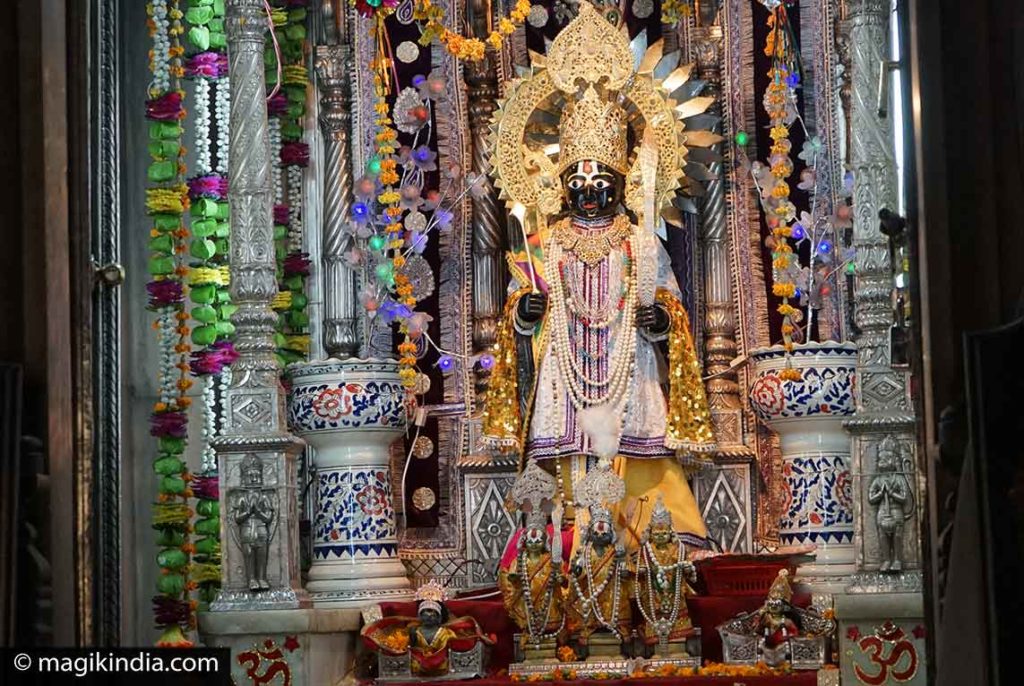
This temple on the edge of Nakki Lake is dedicated to Shri Raghunath Ji who is regarded as an incarnation of Vishnu. He is said to protect his disciples from natural disasters and free them from life’s troubles.
Toad Rock
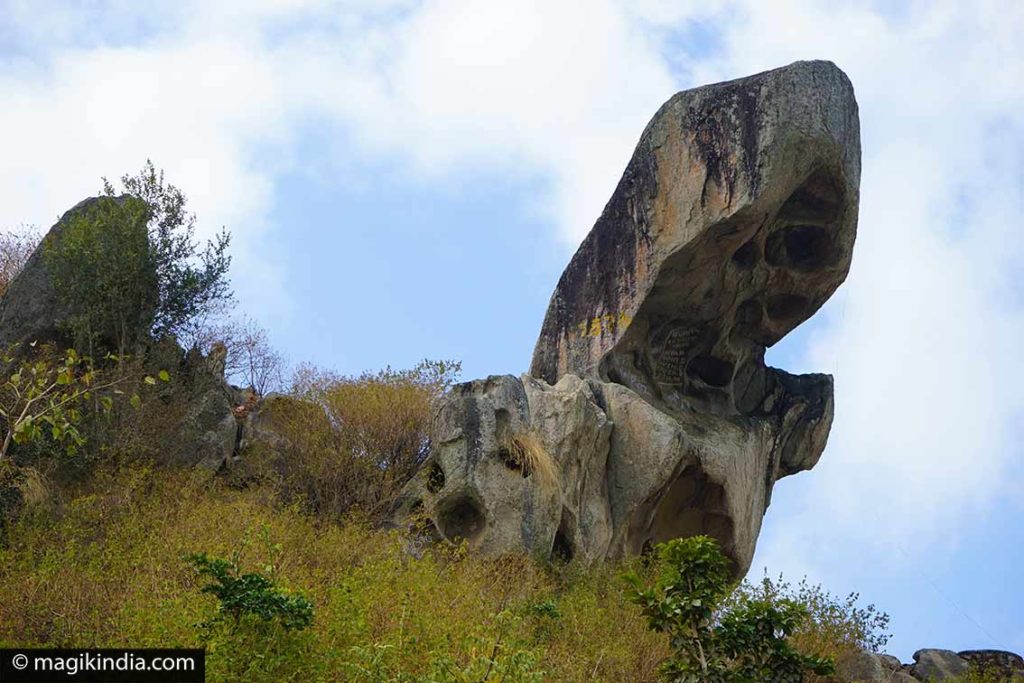
On a hilltop overlooking the lake you can see Toad Rock, so called because it looks like a toad about to leap into the lake. To reach the rock you can either climb a rockface or take the steps that start near Ragunath temple by the lake.
Bharat Ma
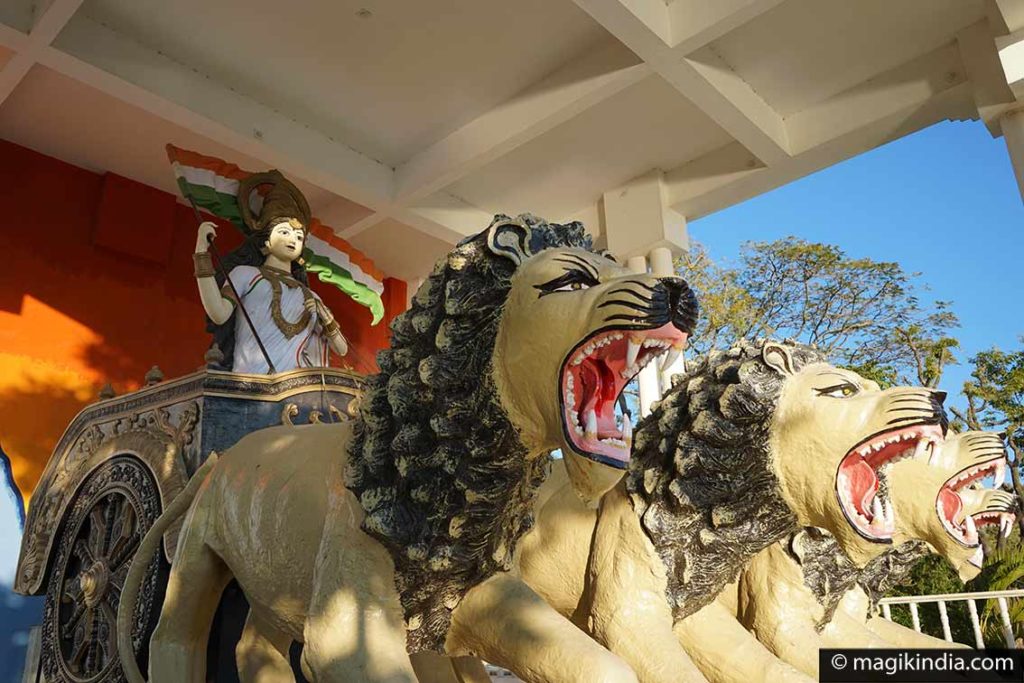
Opposite Toad Rock, on the far shore of the lake, stands a temple dedicated to India the Motherland (Bharat Ma). There is a fine panoramic view of the lake from there.
Dilwara Jain Temples (2km)

These sumptuous Jain temples, a major pilgrimage centre for Jains, were built between the 11th and 13th centuries CE. It consists of five temples dedicated to the five Tirthankars (Jain saints).
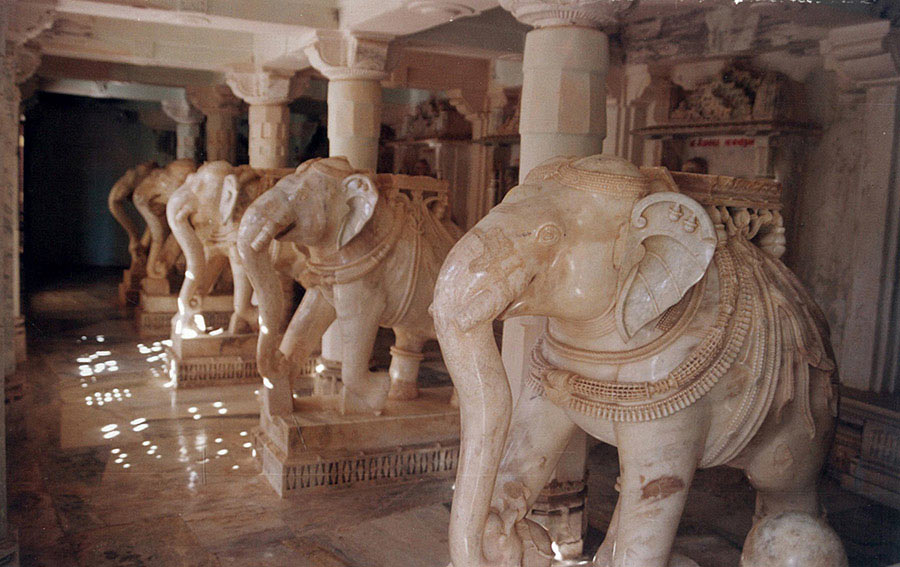
They look modest enough but the interiors will leave you speechless. The ornamental details carved in the marble ceilings and pillars are quite simply incredible. Even more astonishing, the huge marble blocks needed to build the temples were carried on the backs of elephants from the Arasur Hills in Ambaji to this place more than 1000m above sea level.
NB: The Dilwara Jain temples are only open to visitors from midday to 3pm. Photography is not allowed inside the temple complex.
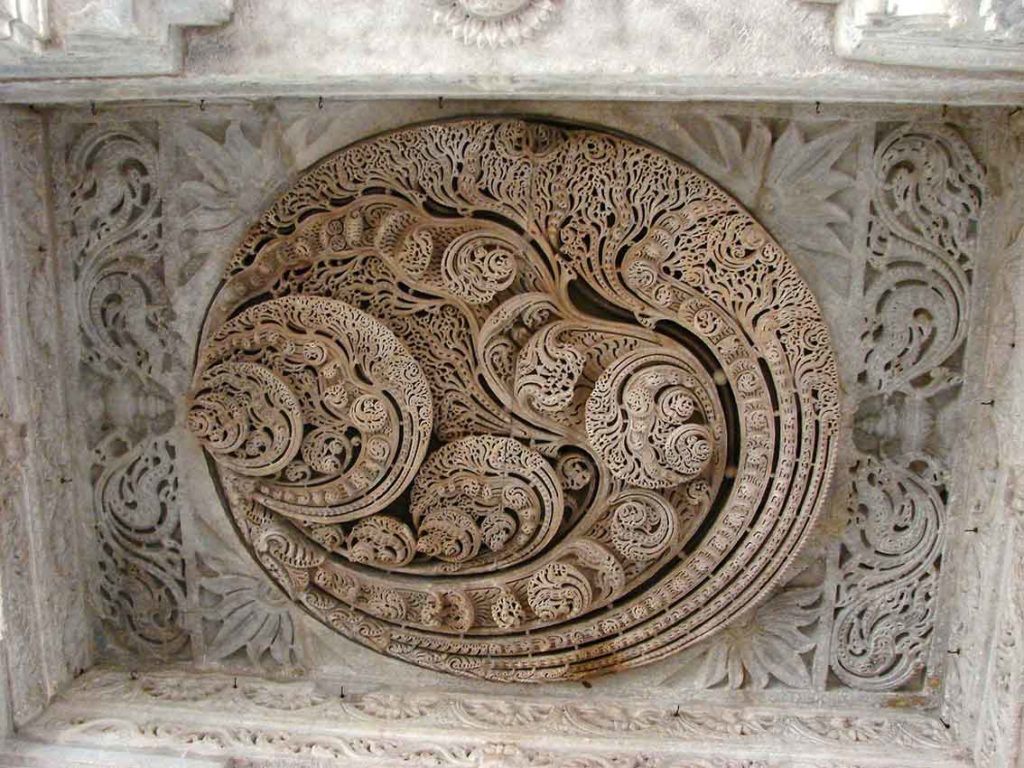
Adhar Devi Temple (3km)
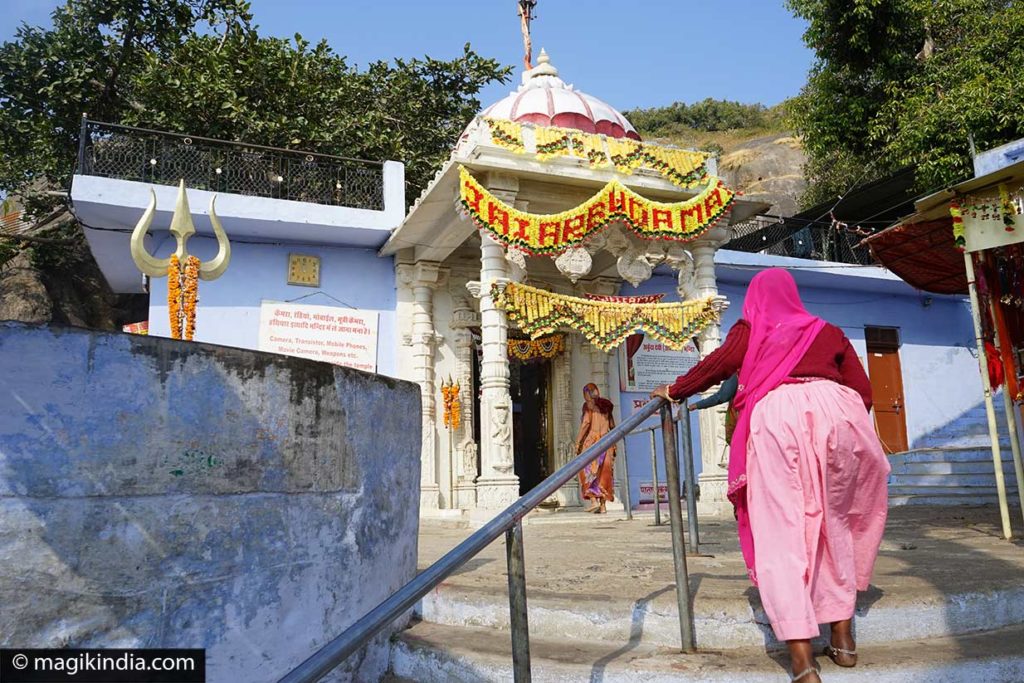
To reach Adhar Devi temple you have to climb 365 steps cut into the mountain. The shrine is in a cave, reached by crawling through a small opening – adding a sense of mystery and adventure to the expedition.
It is dedicated to a form of the goddess Durga and the legend has it that the adhar (half the body) of the goddess fell here and that her image can be seen suspended in mid air. Apart from its spiritual aspect, the temple offers a splendid panoramic view.
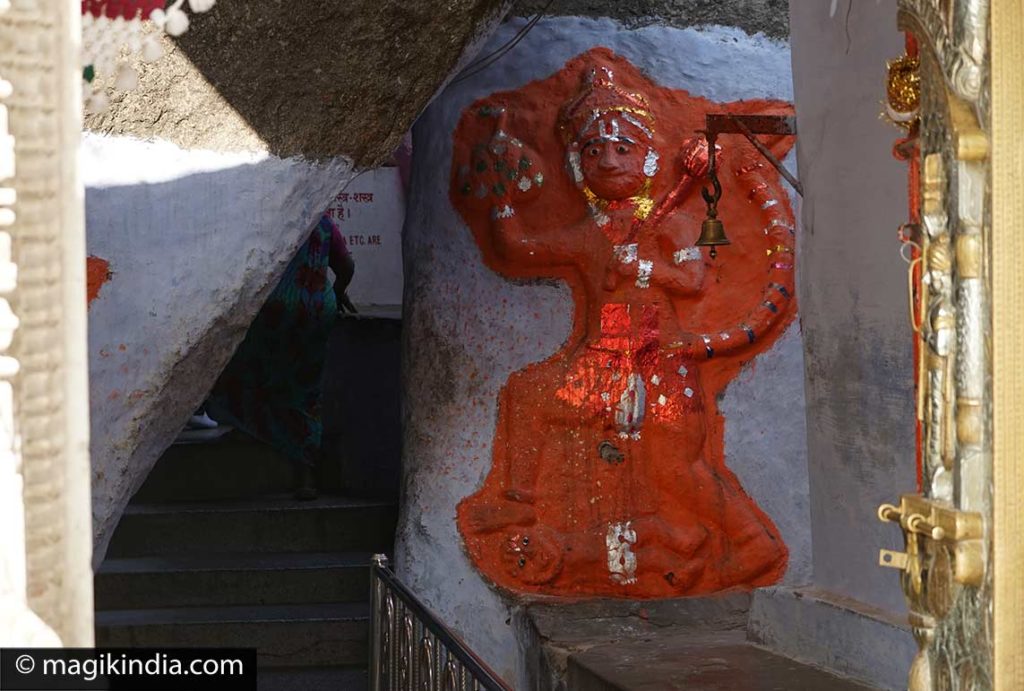
Achaleshwar fort and temples

This is one of my favourite places In Mount Abu. Only a few vestiges remain of the fort built by the Parmar dynasty and renovated by Maharana Kumbha in 1452. The real interest of the place it is Hindu and Jain temples.
Achaleshwar temple
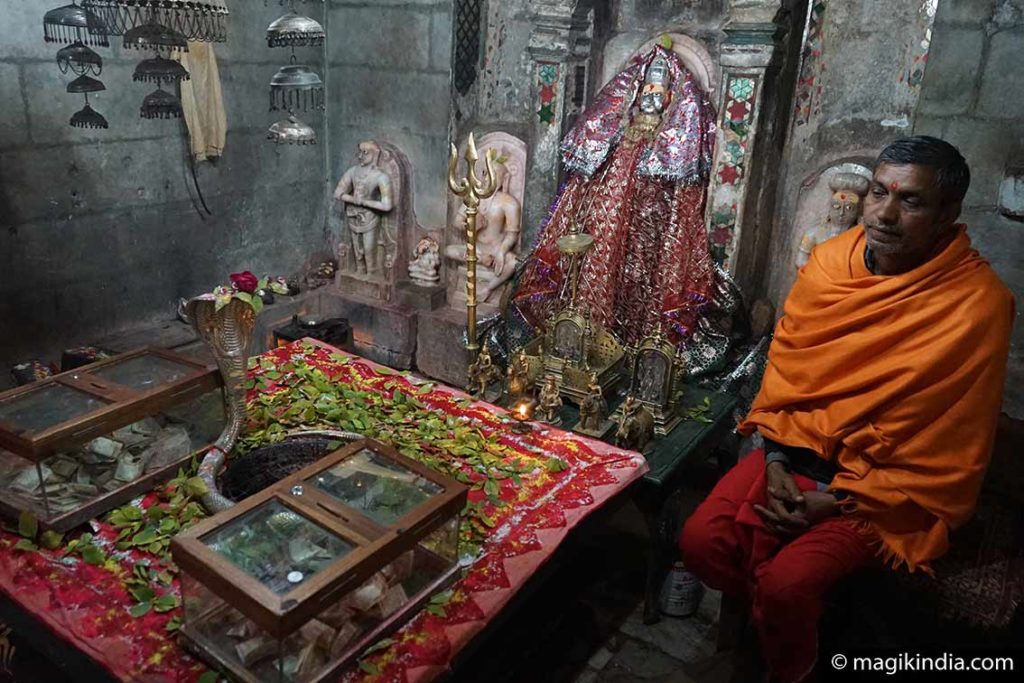
Achaleshwar is a distinctly enigmatic Hindu temple. In the inner sanctum, instead of a lingam, the usual symbol of Shiva, there is a pit that is supposed to be the print of Lord Shiva’s big toe.
The pit is said to go right to the centre of the earth. The story is that to stabilise Mount Abu, Lord Shiva stretched out one leg from Varanasi where he stood, and placed the big toe of his right foot here.

The idol of Nandi, the divine bull, at the entrance is another singular feature. It is composed of five different metals – gold, silver, copper, brass and zinc – and it weighs four tons.
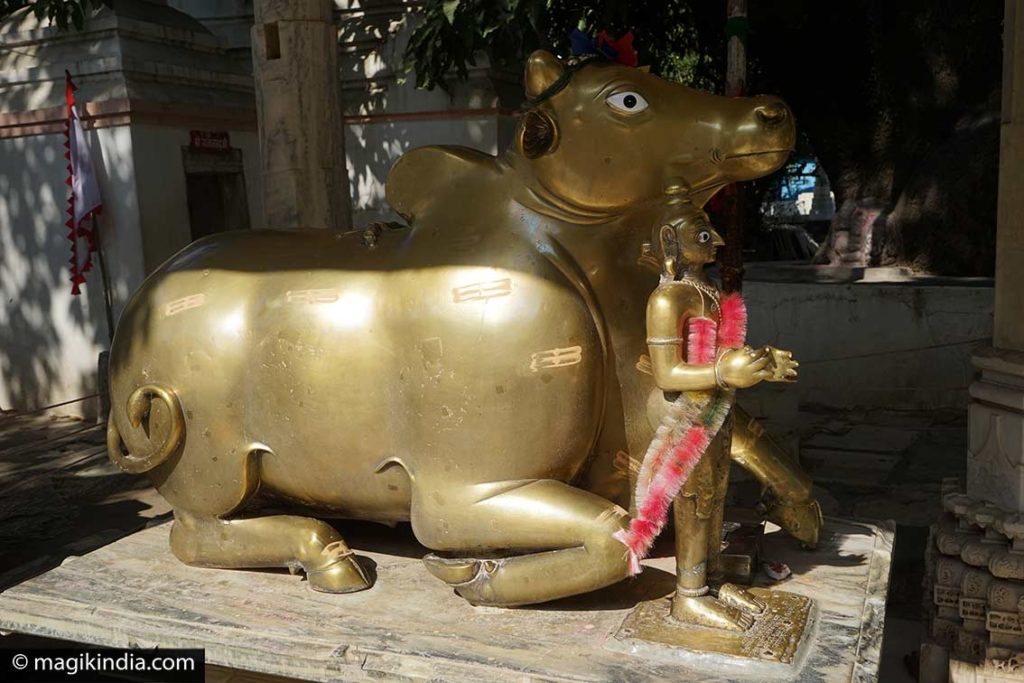
The temple is surrounded by small shrines that show the temple to be very old; it is reckoned to be over 1000 years old.
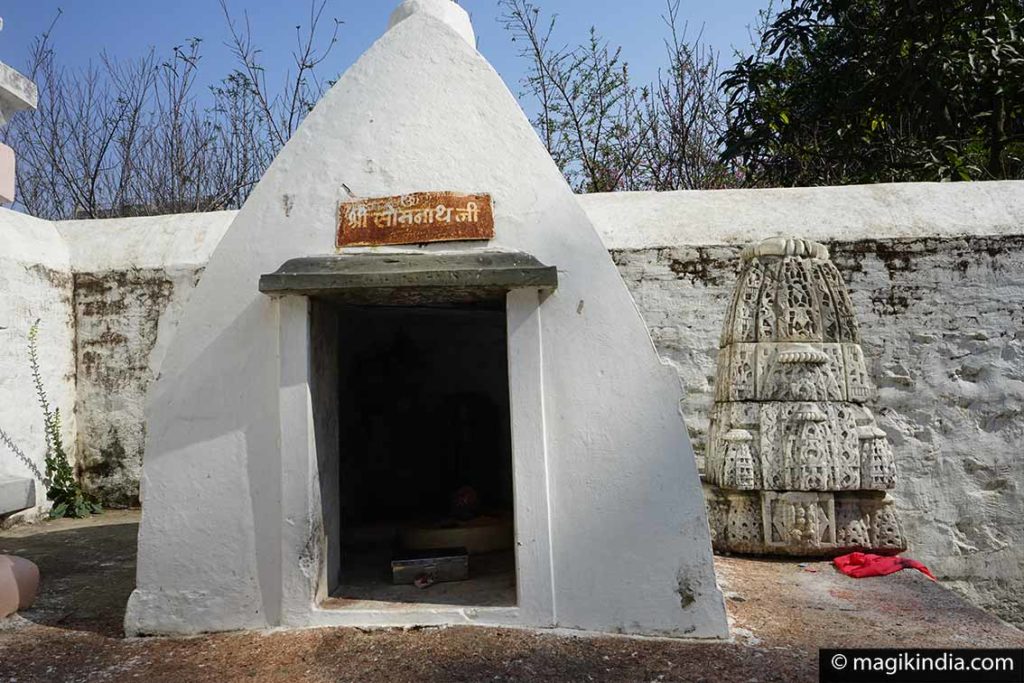
Mandakini Kund
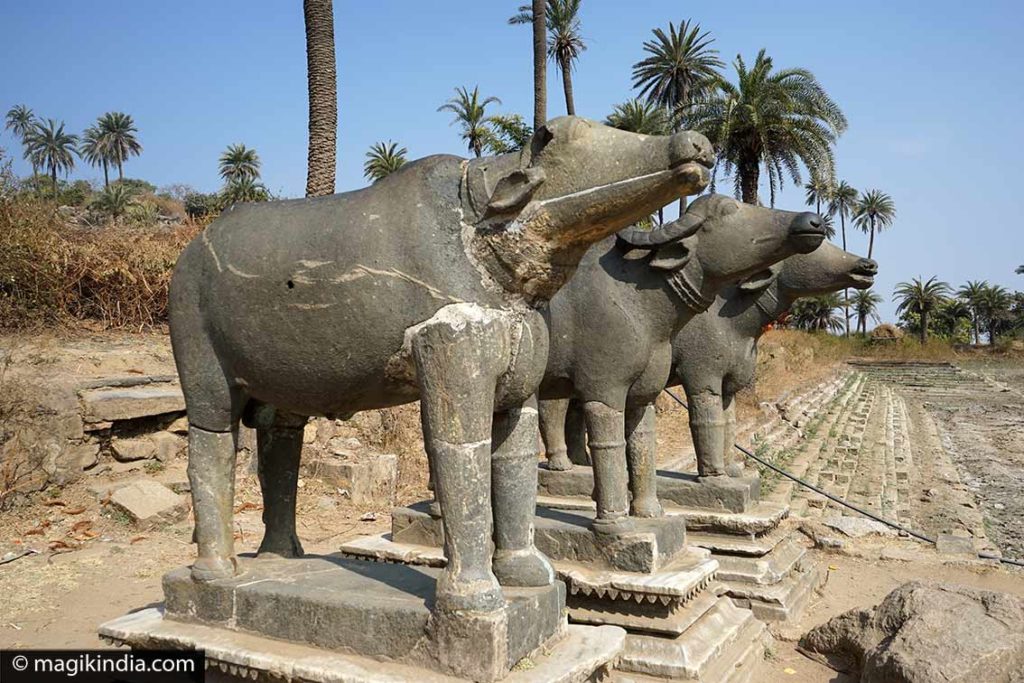
Near the Achaleshwar temple is a large tank called Mandakini Kund, with three intriguing stone buffalo figures.
It is said that long ago the lake was filled with ghee (clarified butter) and that demons disguised as buffaloes came to drink here until they were killed by the king Adi Pal.
Achalgarh Jain Temple
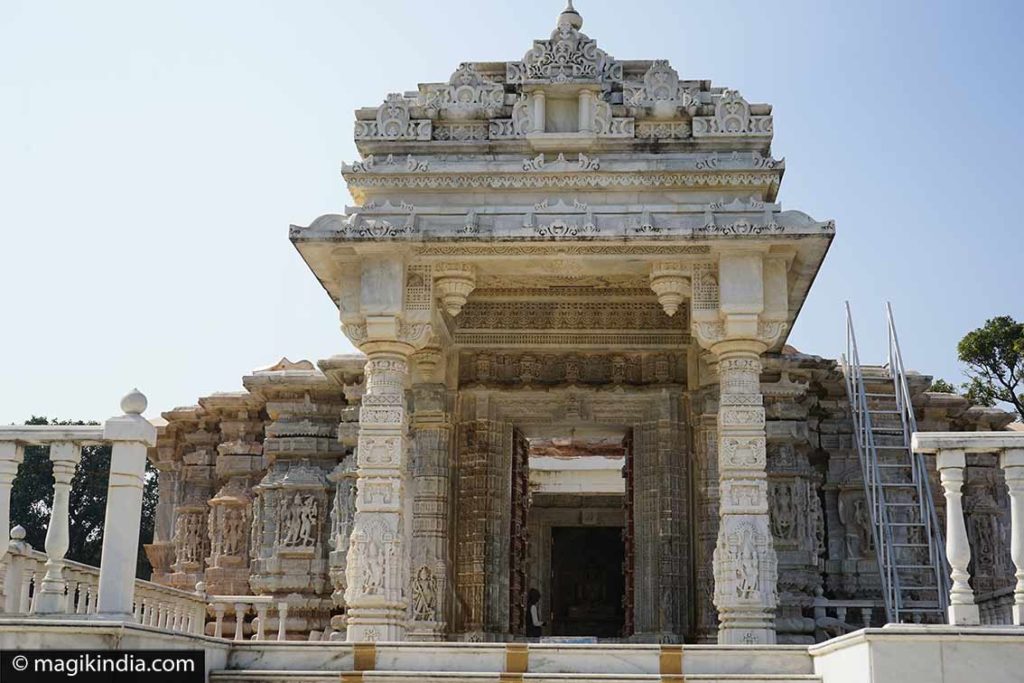
Near by the Kund, stands Achalgarh Jain Temple is dedicated to Lord Adinath, the first of the 24 Tirthankars (Jain saints). It is not an old temple, but it is very finely sculpted.
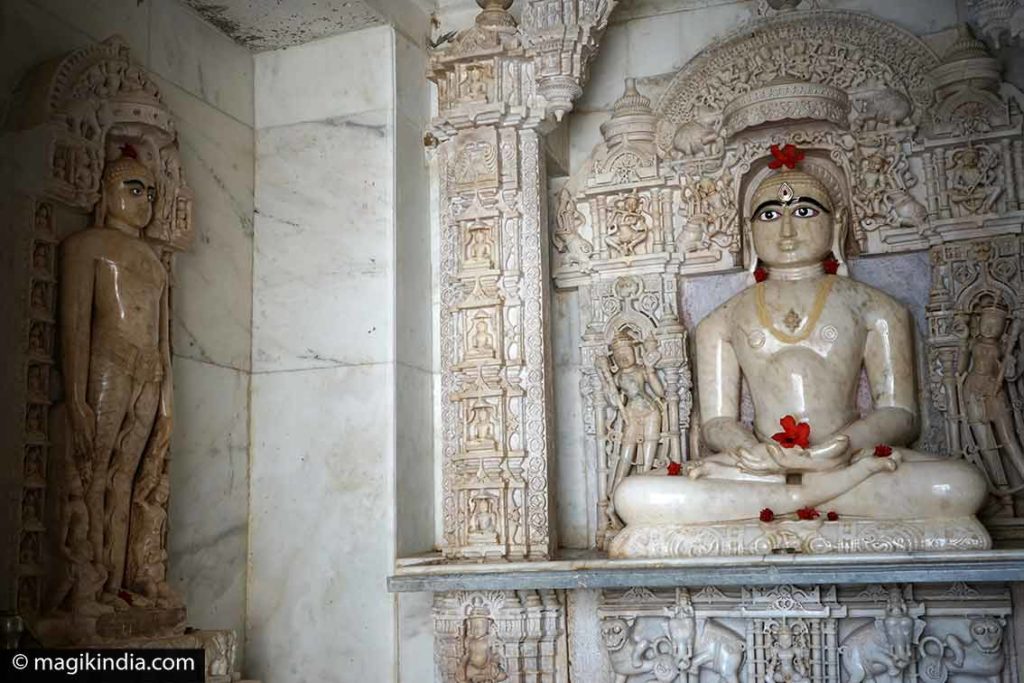
Vashisth Ashram (6 kms)
My other favourite. The Gaumukh temple is tucked away in an unspoilt, thickly wooded valley. You have to climb down 700 steps to reach it (and back up again!).
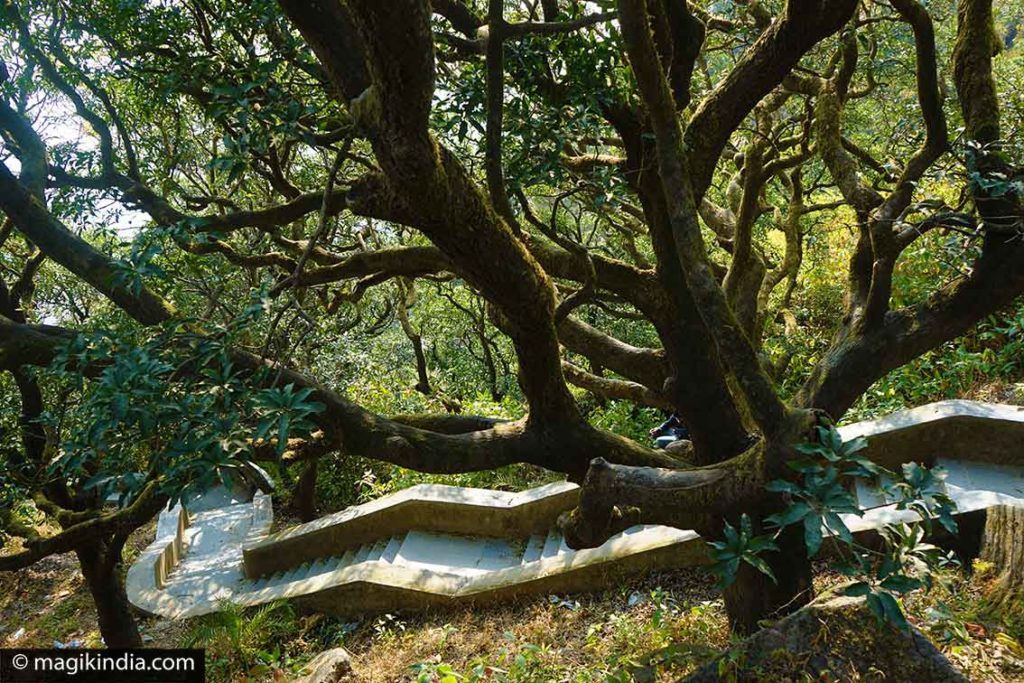
The temple was built in homage to Saint Vashistha. Vashistha is believed to have performed a yagna (fire ritual) here, from which the four principal Agnikula Rajput clans – the Chauhans, Parhars, Parmars and Solankis – were born.
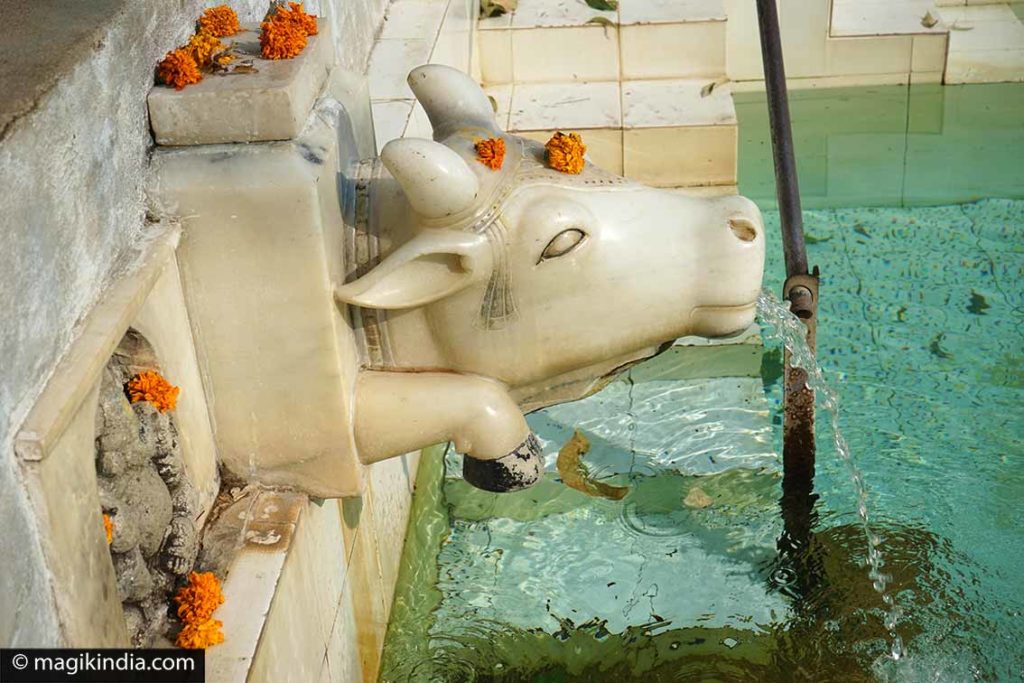
Near the temple there is a small tank, the Gaumukh Kund, filled by springwater flowing from the mouth of the divine bull Nandi.
According to the legend, two sages were conducting a metaphysical debate. The sacred river Saraswati decided to support the sage Vashistha. The other sage, Vishwamitra, was furious and cursed the river, saying that henceforth her water would flow dirty and spiritually impure.Saraswati begged Vashistha to restore the purity of her water. He said that for that, she would have to touch his feet and flow near his ashram. It is said that ever since, the mythical river Saraswati flows unceasingly in this place. Later on, a king built the tank here.
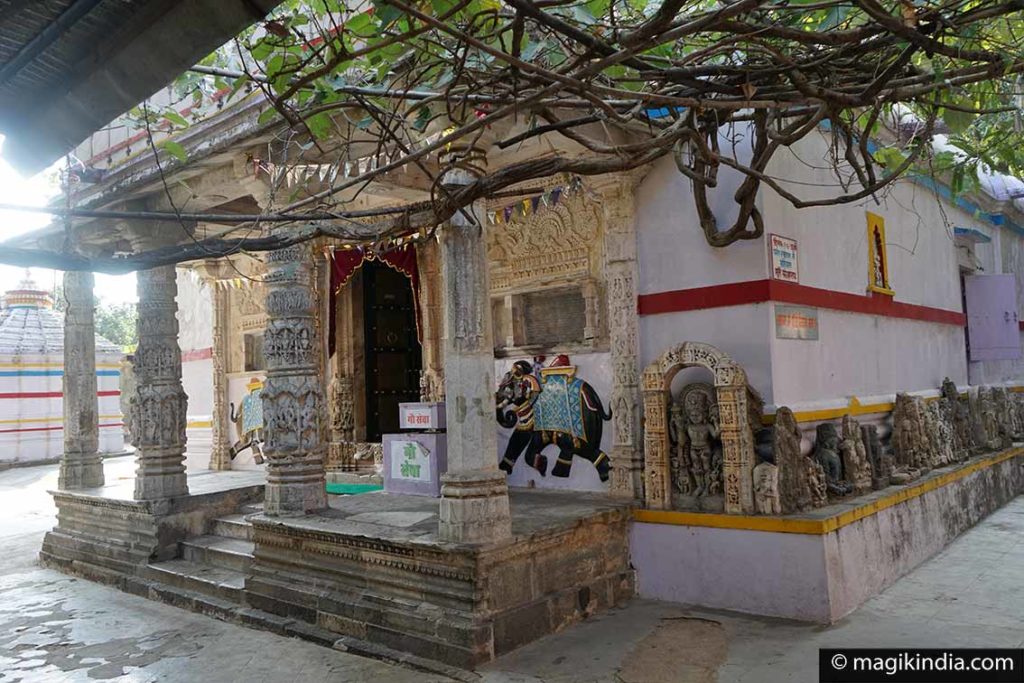
Guru Shikhar (15km)
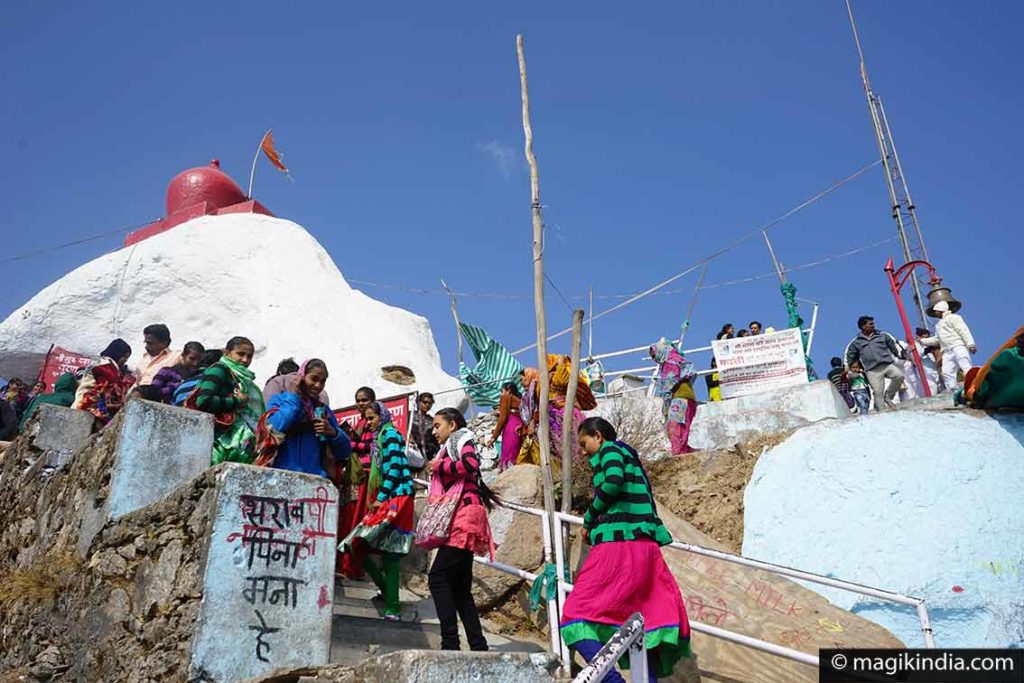
Guru Shikhar, at 1722m, is the highest peak in the Aravalli range. There is a path to the top, where a cave houses a temple to Dattatreya (combination of Brahma, Vishnu and Shiva).
A few yards further up is a shrine to Ahilya, the mother of Dattatreya. The view from the peak is splendid.
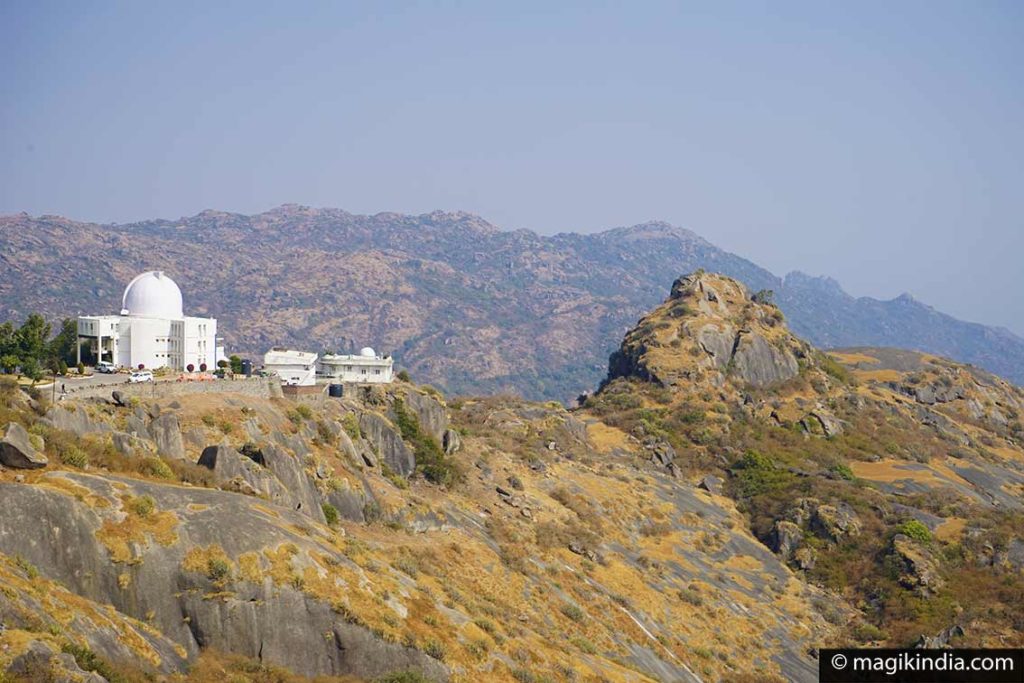
Mount Abu Sanctuary
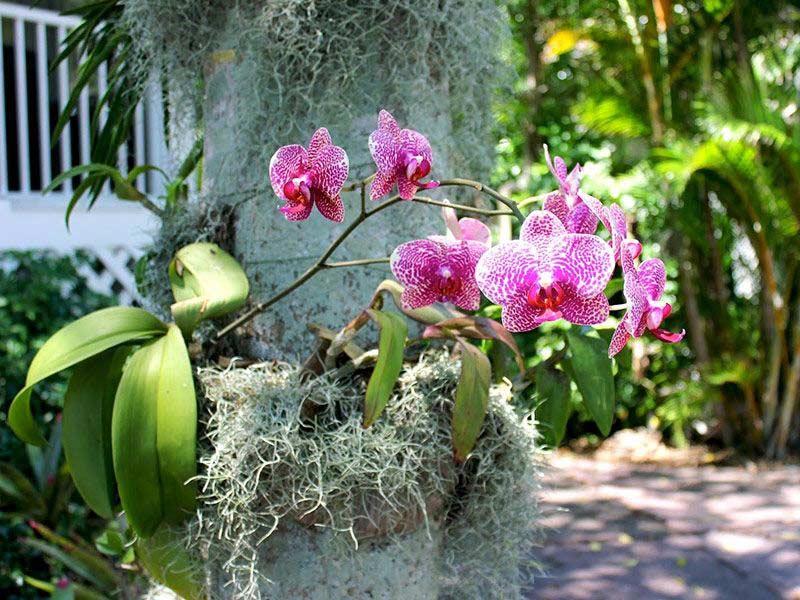
Mount Abu is highly biodiverse and was declared a nature reserve in 1980.
It is the only place in Rajasthan where orchids grow. The area is also very rich in wildlife, including rare, vulnerable and endangered species.
The main predator is the leopard, but there are also wolves, jackals and Indian foxes. The reserve is also an ideal habitat for the sloth bear.

